We spent seven days in Buenos, a city we both fell in love with and that rivals Medellin for a place we could imagine moving to one day—maybe some House Hunters International is in our future?
Buenos Aires was well worth our time to explore and enjoy for a week. Here is part one of our day-by-day recommendations for what to do (and what you could skip) in this lively, exuberant city!
Day One
After orienting ourselves to the city using our handy Lonely Planet city guide, we took the Subway to the San Telmo neighborhood. San Telmo is full of cafes, antique shops, parks, and old buildings, making it a fun place to simply stroll around.
We explored the craft and jewelry stalls in Plaza Dorrego, followed by coffee and snacks at the old-fashioned Bar Dorrego right off the plaza. Then we visited the Museo de Arte Moderno de Buenos Aires, which featured a funky interactive exhibit that you could walk through—the most memorable parts were a bedroom with a couple talking in bed and a small refrigerated room that I think was meant to be like a bomb shelter.
From there, we ambled through Parque Lezama, allegedly where Buenos Aires was founded and the afternoon haunt of many locals and their canine friends. At dusk, we walked north about a mile to the Casa Rosada—basically their White House, but pink.
Adjacent to the presidential residence is Plaza de Mayo, a plaza that commemorates Argentina’s independence from Spain in 1810 and has since been the main site for political protests and activities. The plaza is covered in protest signs, as well as campsites where protesters are out at all hours, fighting for social justice, human rights, and a variety of political causes.
Day Two
We started our second day with a visit to the Recoleta Cemetery—it may sound like an odd attraction, but it’s one of the most popular things for tourists to do in Buenos Aires because of its immense size and the grandeur of the tombs. Famous politicians and military leaders, as well as members of Argentina’s wealthiest families, are buried in this cemetery that takes up four city blocks. Be sure to seek out Evita’s tomb!
After ticking that off our list, we walked north of the cemetery to the MALBA, one of Buenos Aires’ premiere art museums. The very sleek, modern building houses works from some of Latin America’s best and most famous artists, including Frida Kahlo and Diego Rivera (and one by our recent favorite, Botero!).
Day Three
On our third day, we returned to the city center to explore more of Buenos Aires’ famous sights, including the obelisk that sits in the middle of Avenida 9 de Julio, the “widest avenue in the world.”
We also returned to the Casa Rosada to see the pink house in the daylight, and we saw the famed Madres de Plaza de Mayo marching peacefully outside. This group of mothers started marching in the late 1970s during Argentina’s Guerra Sucia, or Dirty War, in protest of the military government having kidnapped their children—los desaparecidos, or the disappeared. The mothers still walk today on Thursdays around 3:30 pm, both in memory of these terrible acts of Argentina’s past and for current social justice causes.
Day Four
After a slow morning, we ventured to La Boca to see El Caminato, or “little street”. This is supposed to be a popular tourist destination because of the brightly colored houses and fun markets in the area, but we found it to be a disappointment. It was just full of tourists and souvenir shops with no real charm or appeal. I don’t mind touristy things because I am a tourist and usually those things are popular because there’s something cool, but El Caminato didn’t deliver. (It also didn’t help that it took us close to 2 hours by bus to get here from Palermo, the neighborhood we were staying in.) The one cool thing was seeing some dancers perform at the outdoor cafes.
Luckily, the day was redeemed by our lovely night out with steak, pasta, wine, and tango—covered in the last blog post!
Travel Notes:
- We stayed in an AirBnB in the Palermo neighborhood, a popular place for travelers to stay given its security, the many bars and restaurants in the area, and its convenience to public transportation.
- While Argentina is generally a more expensive country to travel around in South America, the public transportation in Buenos Aires was quite cheap and good. A ride on the metro or bus is less than 50 cents USD.
- Another thing that is pretty cheap in Buenos Aires is the wine. Buying a bottle, even at a restaurant, will only set you back about $12-15 USD. You can also find steak at all different price points, and all are generally good.
- There are so many (not stray) dogs in Buenos Aires! We enjoyed our time strolling through the parks and dog-watching (and making up names for them).
- If you’re a weekend night owl, be ready! The bars don’t get going until around midnight, and the clubs don’t open until 2 am.

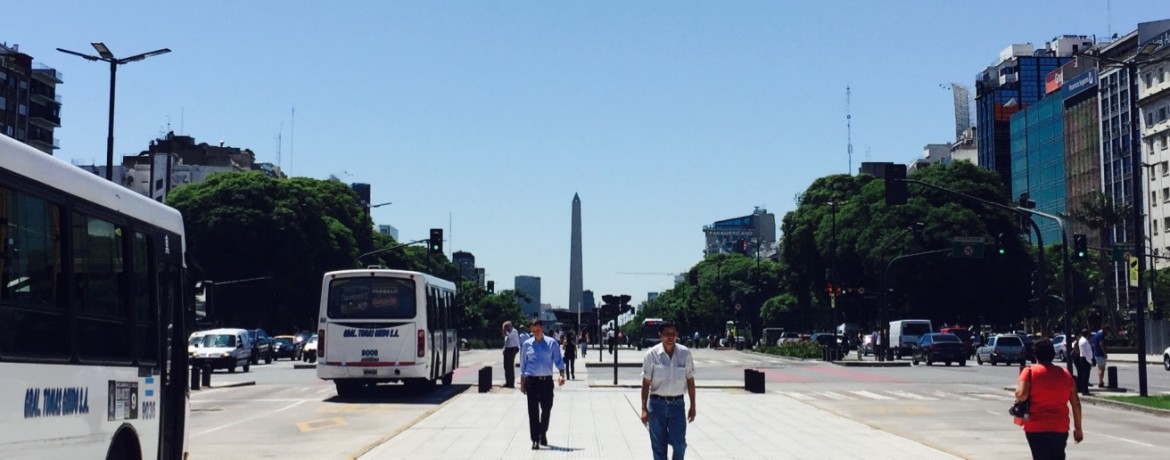
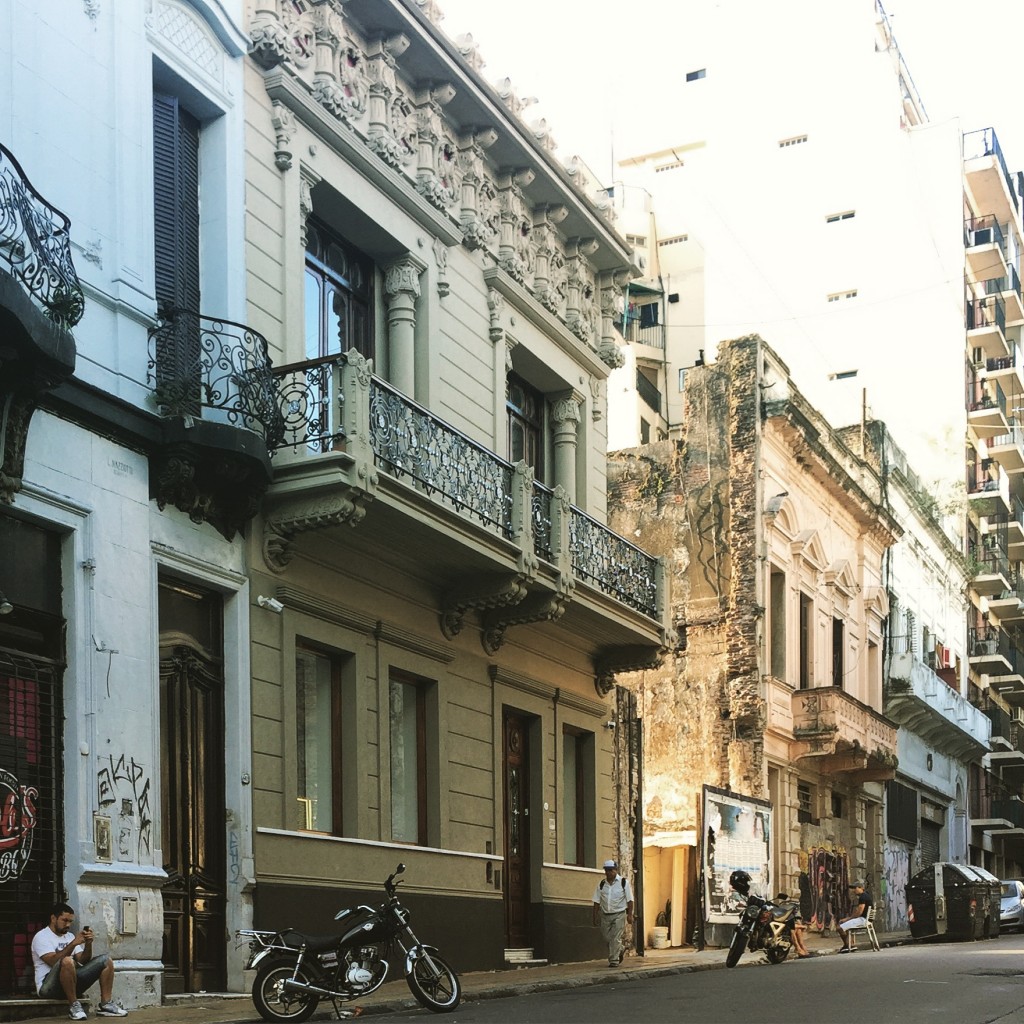
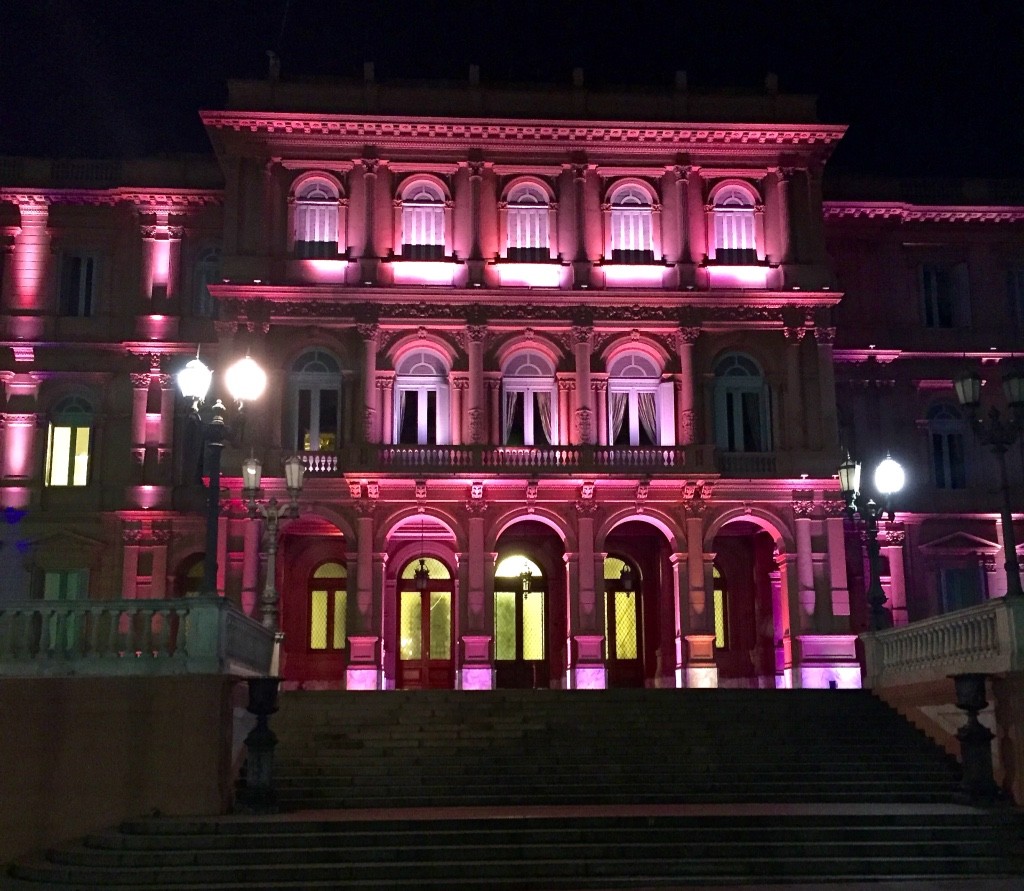
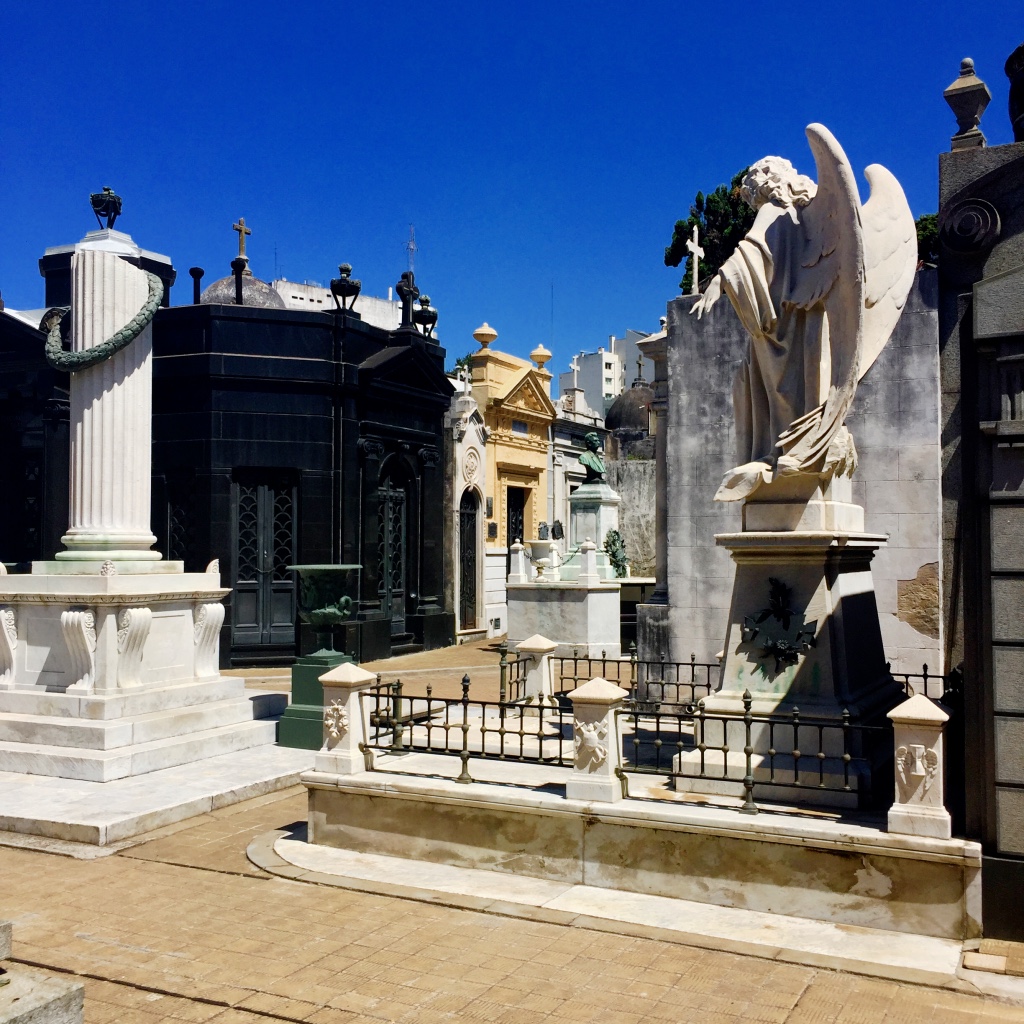
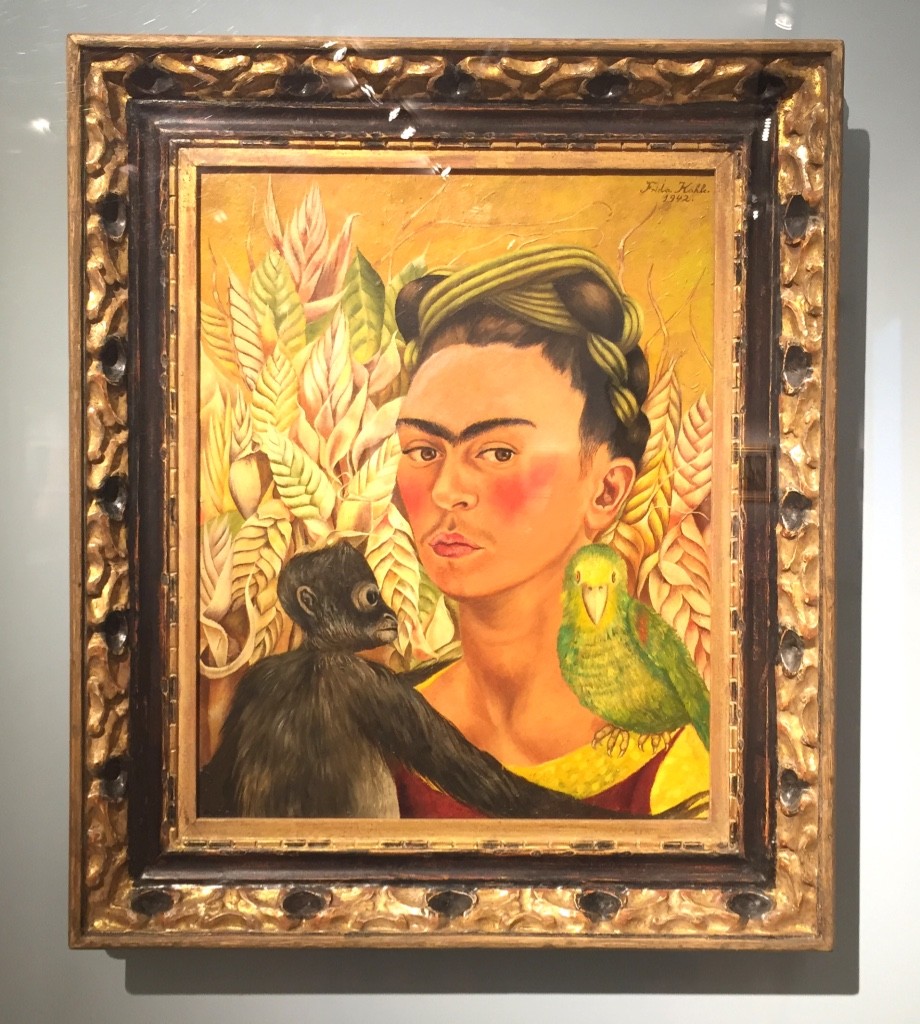
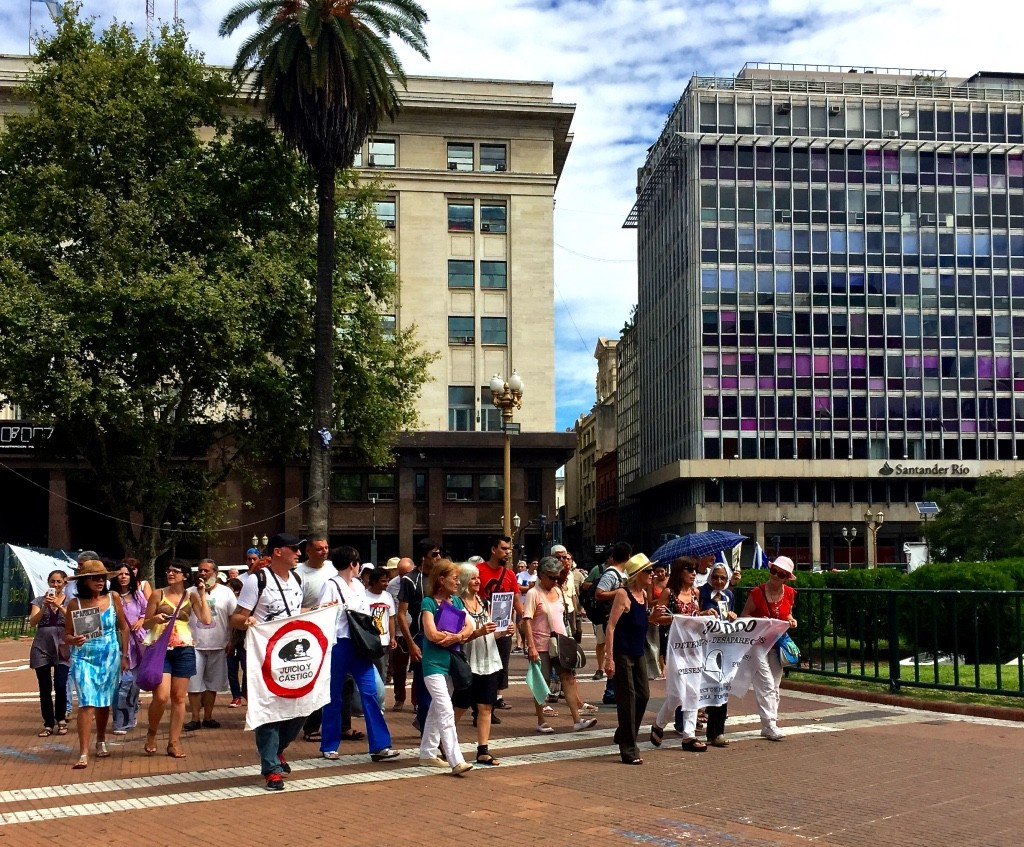
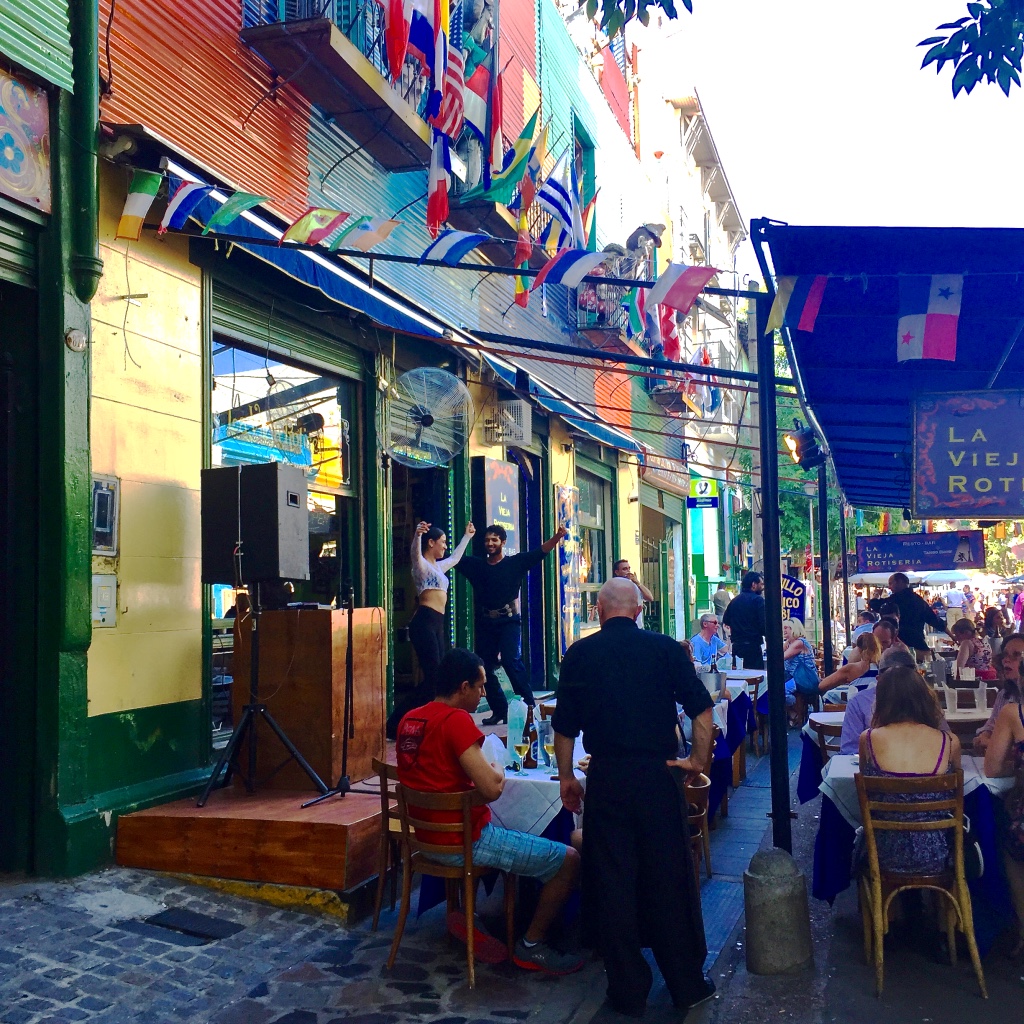
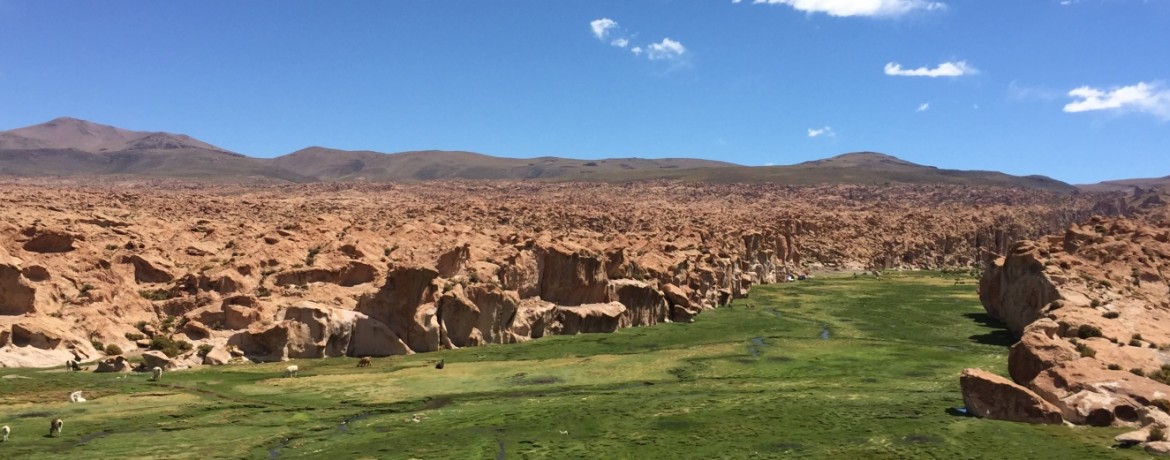
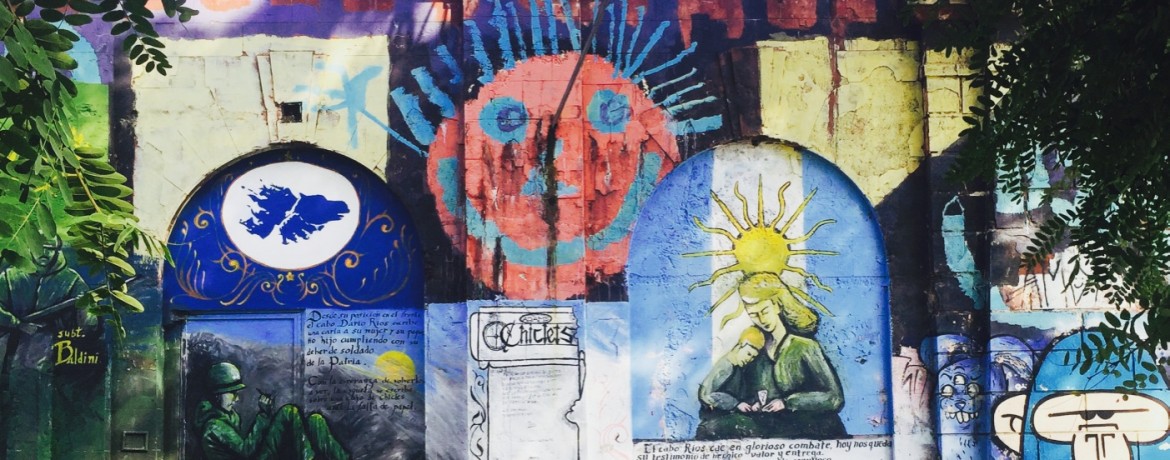
4 Comments
I lived in Buenos Aires for three years, and must thank you for bringing back many memories of Argentina for me!! So nice to enjoy your trip vicariously. 🙂
Glad to hear that the post brought back great memories!
Was the weather nice? I never thought of going to Argentina…now I just might!
It was pretty hot and humid, but we were there in the midst of their summer. But despite the weather, we loved it!